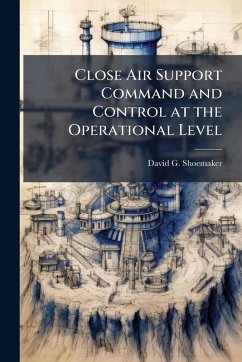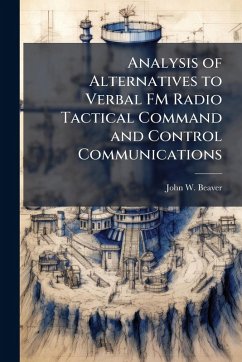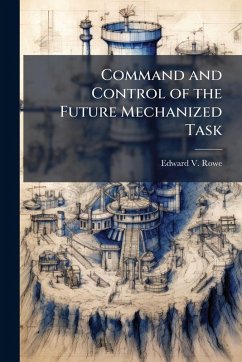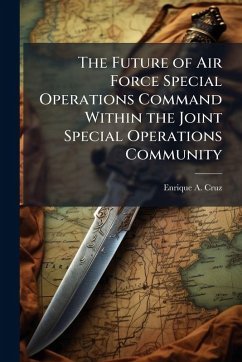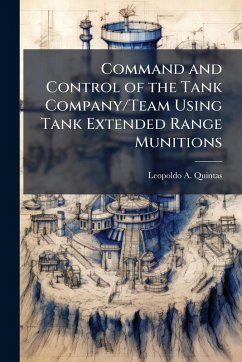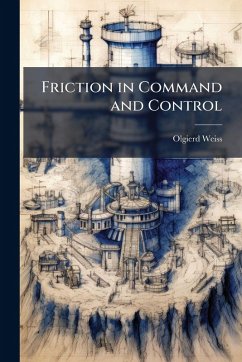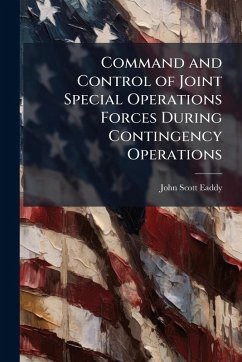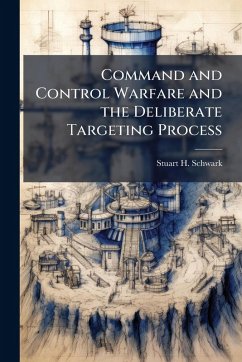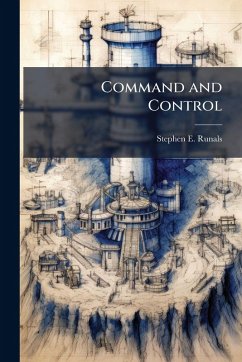
An Air Force Command and Control Battle Lab

PAYBACK Punkte
7 °P sammeln!
To ensure information superiority for warfighters in the 21st century, the Air Force needs to develop and implement a command and control battle lab. This facility must rapidly integrate new command, control, communications, computers, intelligence, surveillance, and reconnaissance (C4ISR) technologies, doctrine, and concepts of operations into the joint warfighting arsenal. Air Force leadership has taken a critical first step by defining information superiority as a core competency. The next phase is to determine a strategy for its execution. Our current acquisition system is woefully lacking...
To ensure information superiority for warfighters in the 21st century, the Air Force needs to develop and implement a command and control battle lab. This facility must rapidly integrate new command, control, communications, computers, intelligence, surveillance, and reconnaissance (C4ISR) technologies, doctrine, and concepts of operations into the joint warfighting arsenal. Air Force leadership has taken a critical first step by defining information superiority as a core competency. The next phase is to determine a strategy for its execution. Our current acquisition system is woefully lacking in its ability to obtain technology. Equally lacking is the warfighter's ability to modify doctrine and organizations to best exploit the technology. A promising solution is the battlefield laboratory, or battle lab. The philosophy of a battle lab is to create a place where warfighters, developers, and industry come together to evaluate, integrate, and apply technology. This work has been selected by scholars as being culturally important, and is part of the knowledge base of civilization as we know it. This work was reproduced from the original artifact, and remains as true to the original work as possible. Therefore, you will see the original copyright references, library stamps (as most of these works have been housed in our most important libraries around the world), and other notations in the work. This work is in the public domain in the United States of America, and possibly other nations. Within the United States, you may freely copy and distribute this work, as no entity (individual or corporate) has a copyright on the body of the work. As a reproduction of a historical artifact, this work may contain missing or blurred pages, poor pictures, errant marks, etc. Scholars believe, and we concur, that this work is important enough to be preserved, reproduced, and made generally available to the public. We appreciate your support of the preservation process, and thank you for being an important part of keeping this knowledge alive and relevant.



